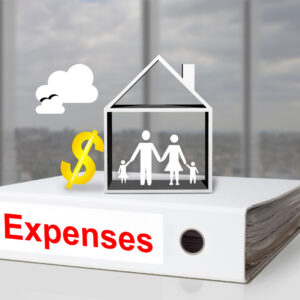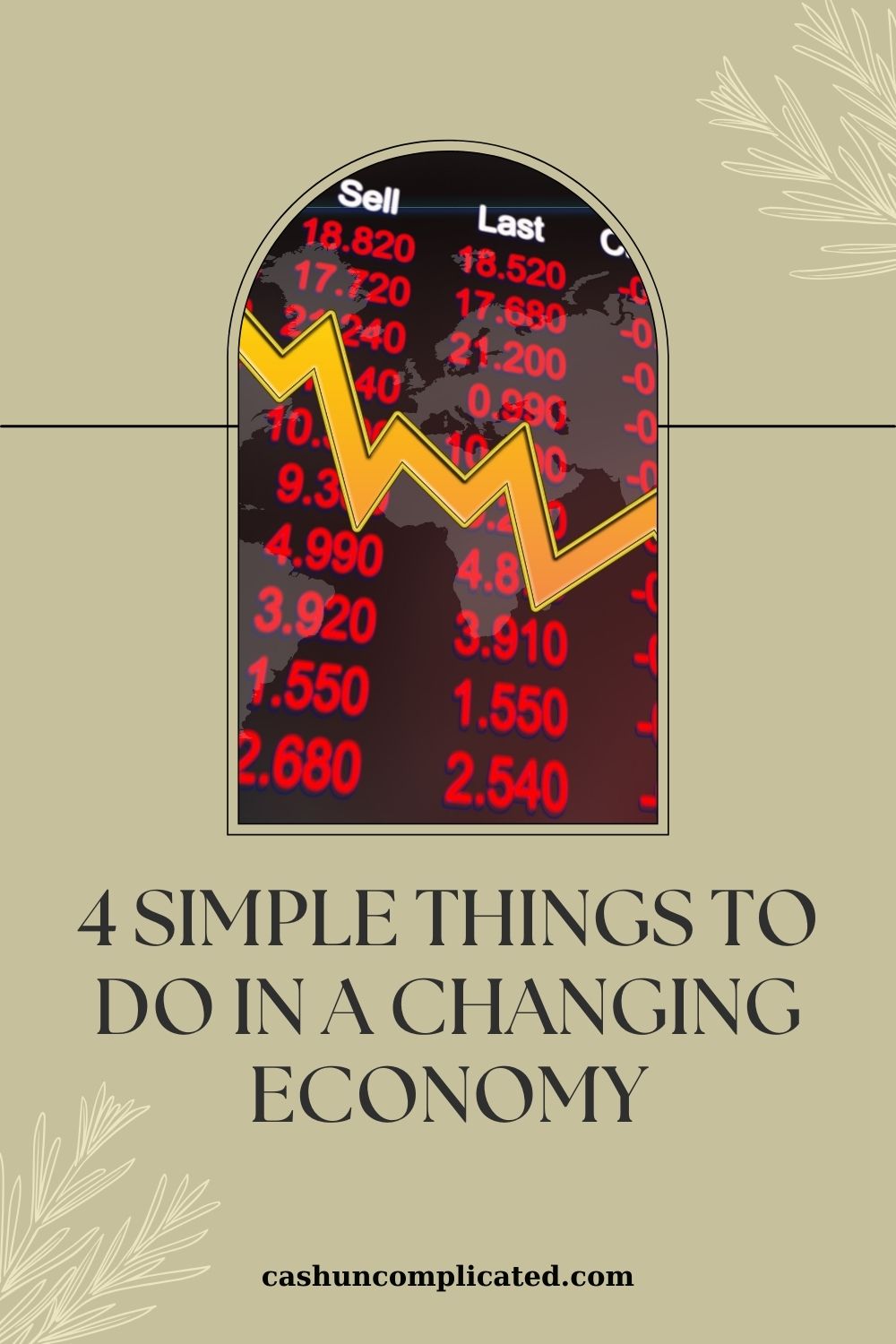I’ve been asked a few times how I allocate my money so I decided to write a post about it. I personally use money buckets–it’s the best method I’ve found to make sure I’m paying myself first and setting aside enough money every month in the things I value like investments, vacations, and emergency savings.
Money Buckets Defined
Money buckets are not physical objects–they are not a set of buckets I keep in my shed to store cash in. They are a term used for money earmarked to certain things like investments, savings, vacation funds, etc. It’s a way of separating money so there’s enough for the things you value.
Why Money Buckets?
Money buckets are a way to guarantee a couple things. Number one they ensure you are paying yourself first. Secondly, it guarantees that you are allocating the amounts you want to. For example, if you want to invest 20 percent of your income, you would put 20 percent of your income every month into the investment bucket.
Or if you wanted to set aside 10 percent of your income to an emergency savings account, you would allocate 10 percent to that bucket every month.
Money buckets are simple and easy way to put money where you want it to go. Once you set it up once, it’s done other than maintenance and updating as needed.
For example, someone currently making $5,000 per month who wants to consistently invest 30 percent of their income would set aside $1,500 every month into their investment fund. If that same person got a raise to $5,200 per month, they would adjust their allocation to $1,560 every month (Original $1,500 plus $60).
How Long Should I Keep Money Buckets?
Money buckets are designed to be held long-term. As your values change, your buckets will change a bit, but they will be relatively steady. A few examples:
- A 25-year old would contribute to their investment bucket for a very long period of time
- The person who values travel would maintain their travel bucket indefinitely
- Most advisors recommend everyone keep an emergency fund of at least three to six months, which would go in the emergency bucket
Money buckets are designed for the long-game. Which is good news because once they are set up, you’re in a really good position. Other than some updating, there’s not much to do.
My Money Buckets: The Breakdown
This is the section where I break down my own money buckets. I’m going to share what percentage I allocate to each item and why. I try to keep it as simple as possible with a small number of buckets as you’ll see in the next few sections.
Bucket 1: Emergency Savings
My first money bucket is reserved for emergency savings. I took kind of a hybrid approach on this bucket. I used to allocate between 20 to 30 percent of my monthly income towards this bucket. My strategy was to build up an emergency fund of about six months.
Six months is probably more than I need but it helps me sleep better at night knowing the cash is there for the unexpected. Once I fully funded my emergency account, I adjusted my allocation to maintain the account. I’m not trying to grow the account, simply maintain. So the amount I came up with is five percent.
My thought is that five percent will allow me to maintain and replace the money that comes out of it. For example, if I have a car bill for $750, the five percent allocation over a couple months will replace and exceed that amount. And if my dog has a $300 vet bill, I will be about even. Which at this point is all I want.
Related:
- The Broken Down Car and the Emergency Fund
- Why the Pandemic Prompted Me to Increase My Emergency Fund
Number 2: Investments
The second of the money buckets I allocate money towards is also the largest allocation. And that’s the investment bucket. This bucket started very slowly and has progressively increased over the years to the point where it is today.
One of the most important moments in my financial life came when I learned about the concept of paying myself first. I had always thought (mistakenly) that you’re supposed to take care of your living expenses first and then save and invest what is left over.
Not surprisingly, I found a way to spend the majority of my money and have nothing left for investments. As a result, I invested almost nothing for many years on end.
Once I learned to pay myself first, my entire financial picture changed. As the years have gone by, my investment allocation has increased to nearly 50 percent of my income, 47 percent to be precise.
My goal is to increase that further next year when childcare expenses go away. All the money currently being put towards pre-school will be re-allocated to investments, bumping me up over 50 percent.
To reiterate, this did not happen overnight. I went from investing basically nothing to close to ten percent, twenty percent, thirty percent, etc. until the level I’m at today. Keeping a growth mindset, my goal is to continue my upward trajectory. So if you’re not at the investment level you want to be at right now, keep working at it and you will make progress.
Number 3: Vacation
The next of my money buckets is a vacation fund. This bucket is meant to be spent, it is not designed to be saved and invested. If I’m not spending it, there’s a problem because it means my family and I are not taking enough fun trips.
The great thing about a vacation fund is it provides the ability to take a guilt-free trip without having to worry about where the money is coming from. The money is already in a separate account and it’s designed to be spent. I pay for as much of the trip upfront as possible then pay off the balance of the trip as soon as I return.
For this money bucket, I recently adjusted our monthly contributions to four percent of our monthly income. At the start of every month the money is automatically transferred from our checking account to the vacation bucket. Then it’s there when we are ready to travel or just take a trip for the weekend.
Related: 5 Simple Steps to Taking a Guilt-Free Vacation
Number 4: Personal Funds
This is one of those money buckets that I don’t think a lot of people have. My wife and I each have a personal money bucket. It’s designed for both of us to do whatever we want with it within reason.
If I want to buy a ping pong table for the garage it would come out of my personal account. Or if my wife wanted to buy a handbag for herself, it would come out of her personal fund. I’ve also used this fund to buy photography equipment when I was more into photography.
The logic behind each of us having a personal fund is a little bit of financial autonomy for what the other person doesn’t value as much. For example, my wife sees little value between a really good camera lens and a cell phone. And I see no difference between a nice handbag and something she can pick up at the local store.
With the personal money bucket, it really doesn’t matter what value the other person sees in it. The money is designed for the out of the ordinary, fun purchases. So far it’s worked really well for us as we never have questioned any purchases from this money bucket.
On a monthly basis we contribute three percent of our monthly income to this fund. Not life changing money, but enough to keep some financial autonomy and have some cash for things we want to buy on our own.
Number 5: Daily Living Expenses
The last of the money buckets is the remaining amount of our income, 41 percent to be exact. That money is used for daily living expenses such as food, housing, transportation, clothing, entertainment, etc. Trips to the grocery store, big box stores, gas, the mortgage, etc. all fall under this category.
Over the years, my wife and I have really made it a focus to be highly intentional with our money by automating it. Meaning we pay ourselves first and fill the buckets we want filled first. Then we use the leftover money for daily living expenses. We are used to living on a set amount of money so paying ourselves first and living off the rest wasn’t a big jump for us.
Doing it this way also prevents us from having to maintain a hard and fast budget. Which means no spreadsheets or scrutinizing every single dollar coming in and out. If we have paid ourselves first by filling our money buckets, we already have the win for the month. Stress and guilt around money is taken out of the equation with this method.
Adjust Your Money Buckets as Needed
Whenever I’m coaching or talking with someone about money, I always encourage people to have an open mind and be willing to adjust as needed. Meaning a willingness to try new things, get better, make a mistake now and then, and improve over the last month. Part of having a growth mindset is the willingness to adjust your money buckets.
For example, if I used to be satisfied with investing 30 percent of my income, but now want to invest 40 percent, there’s no reason not to adjust the allocation. Of if someone wanted to put 10 percent of their income into the vacation fund bucket instead of the five percent they used to put, there’s no shame in that.
Money buckets are about continual assessment and adjustment as your life changes. That’s not to say someone currently investing 50 percent of their income should start investing nothing, but small incremental changes are completely called for and necessary.
Conclusion
Money buckets are one of the most effective ways I know of to intentionally manage money. The gist of it is to pick where you want the money to go, then set up automatic transfers to the appropriate buckets. Then live off the rest.
For me, this eliminates a lot of the grind in personal finance. It keeps me away from spread sheets and scrutinizing every dollar that comes in and out. Furthermore, the automation piece is very helpful because I don’t need to think about it much. I adjust as needed and allow the monthly accumulation to occur.
Do you use money buckets or some version of it?












